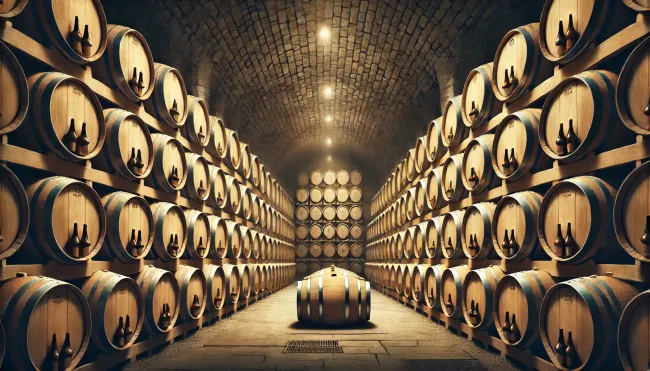Winemaking is a centuries-old craft that combines artistry, science, and a deep connection to nature. From the meticulous cultivation of grapevines to the complex fermentation process and careful aging, each step in the journey from vine to glass is crucial in crafting a wine's unique character. In this article, we'll explore the fascinating stages of winemaking, revealing how grapes are transformed into one of the world's most beloved beverages.
1. Viticulture: Growing the Perfect Grape
The journey of winemaking begins in the vineyard, where viticulture, the science of grape growing, plays a vital role. The quality of the grapes largely determines the quality of the wine, making this stage particularly important. Key factors influencing grape quality include climate, soil, vineyard management practices, and grape variety.
- Climate and Terroir: The term "terroir" refers to the unique combination of climate, soil, topography, and other environmental factors that affect the growth of grapevines. Warm climates tend to produce grapes with higher sugar levels, leading to wines with higher alcohol content and riper flavors. Conversely, cooler climates yield grapes with higher acidity, resulting in fresher, crisper wines.
- Soil: Different soil types impact water drainage, heat retention, and nutrient availability, all of which influence grapevine health and grape characteristics. For example, gravelly soils drain well and retain heat, promoting early ripening, while clay soils retain water and nutrients, supporting vigorous vine growth.
- Vineyard Management: Vineyard practices, such as pruning, canopy management, and pest control, significantly affect grape quality. Careful management ensures optimal exposure to sunlight, adequate air circulation, and protection from pests and diseases.
2. Harvesting: Timing is Everything
Harvesting is a critical moment in the winemaking process, as the timing of the harvest affects the grape's sugar, acid, and tannin levels. Winemakers typically rely on a combination of science and intuition to determine the perfect time to pick grapes.
- Hand vs. Machine Harvesting: Grapes can be harvested by hand or machine. Hand harvesting allows for more selective picking, ensuring only the ripest grapes are chosen. It is particularly favored for producing high-quality wines. Machine harvesting, while faster and more cost-effective, may lead to less selectivity and potential damage to the grapes.
- Harvest Timing: The decision to harvest is based on several factors, including sugar levels (measured in degrees Brix), acidity, tannin maturity, and the desired style of wine. For example, grapes for sparkling wines are harvested earlier to retain higher acidity, while grapes for dessert wines are left on the vine longer to concentrate sugars.
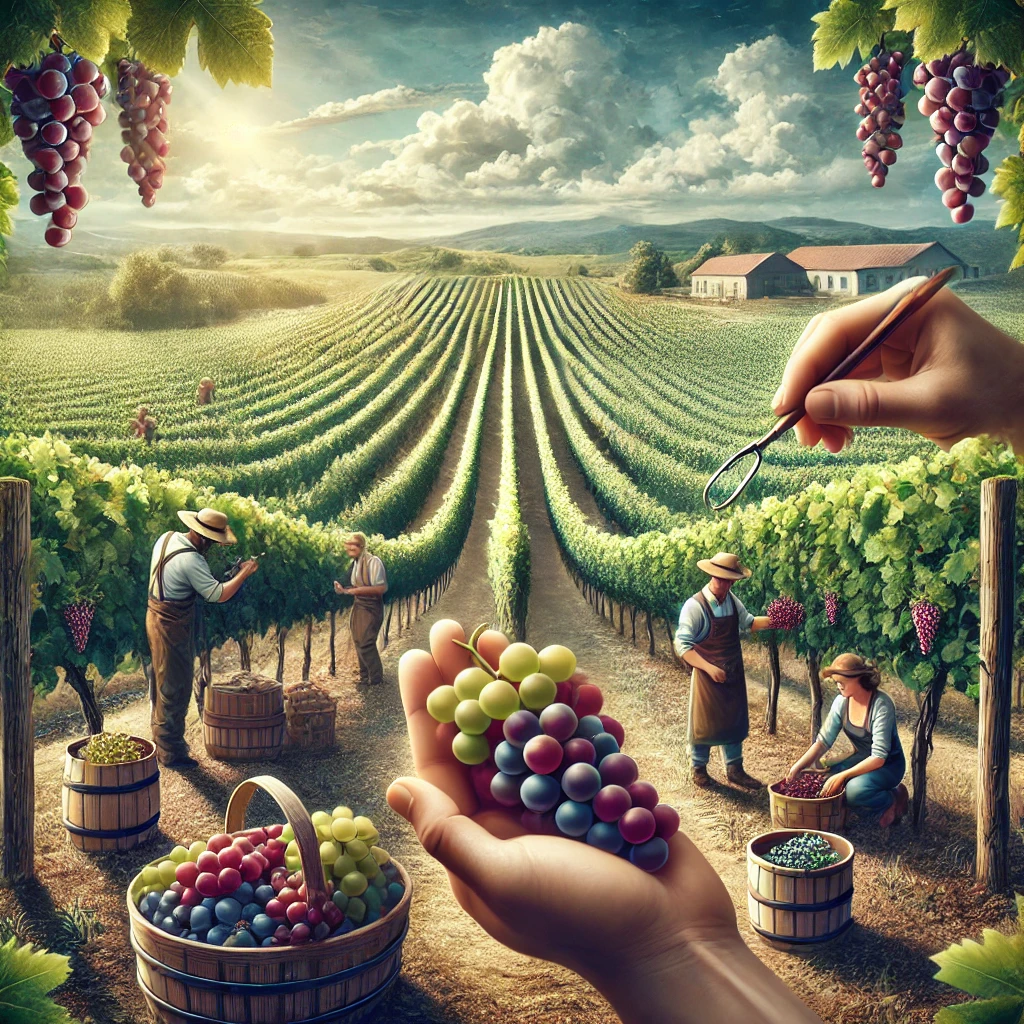
3. Crushing and Pressing: Extracting the Juice
Once harvested, grapes are quickly transported to the winery to minimize oxidation and spoilage. The next step involves crushing and pressing, which extracts the juice from the grapes.
- Crushing: In red wine production, the grapes are typically crushed to break the skins and release the juice, seeds, and skins into a mixture called "must." This step is essential for extracting color, tannins, and flavor compounds from the skins.
- Pressing: For white wines, pressing usually occurs immediately after crushing to separate the juice from the skins, seeds, and stems. The juice, now called "must," is transferred to fermentation tanks, while the solids are discarded or used for other purposes, such as compost or animal feed.
4. Fermentation: The Magic of Yeast
Fermentation is the process by which yeast converts sugars in the grape juice into alcohol and carbon dioxide. This transformation is at the heart of winemaking, as it creates the primary alcohol content and contributes significantly to the wine's flavor profile.
- Yeast: Winemakers can use wild yeast naturally present on the grape skins and in the winery environment, or they can add cultured yeast strains to control the fermentation process more precisely. Each type of yeast imparts different characteristics to the wine, influencing flavor, aroma, and mouthfeel.
- Fermentation Vessels: The choice of fermentation vessel—such as stainless steel tanks, oak barrels, or concrete eggs—affects the wine's development. Stainless steel is commonly used for white wines and lighter reds, as it allows for precise temperature control and preserves fresh fruit flavors. Oak barrels are often used for red wines, adding complexity and enhancing structure through the slow integration of oxygen and extraction of oak compounds.
- Temperature Control: Temperature plays a crucial role in fermentation. Warmer temperatures speed up fermentation but can risk losing volatile aromas. Cooler temperatures preserve aromatic compounds, which is particularly important for white and aromatic red wines.
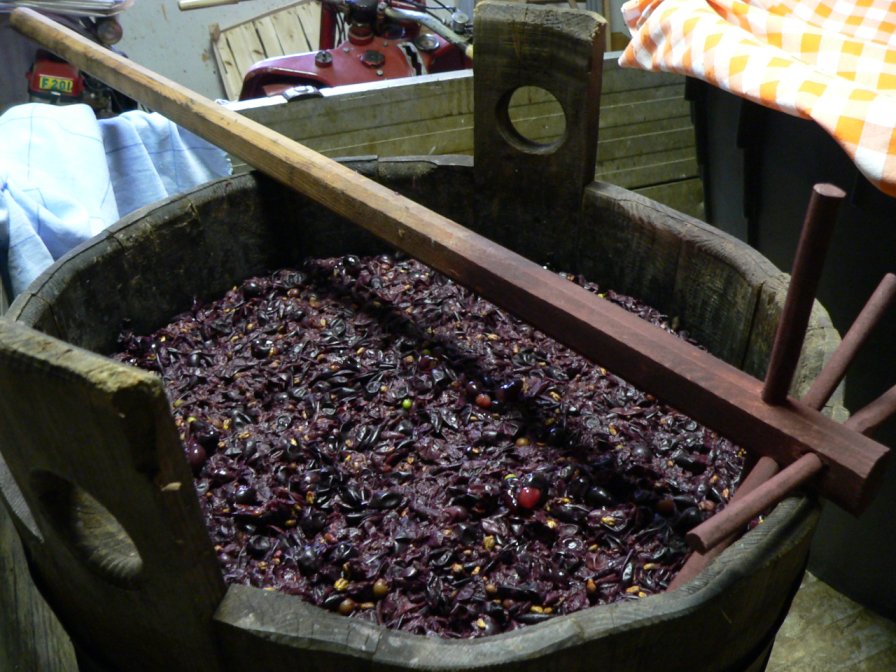
5. Maturation: Developing Complexity and Character
After fermentation, the young wine enters the maturation phase, where it develops complexity and character. Maturation can occur in various vessels, including stainless steel tanks, oak barrels, and concrete tanks, each imparting different qualities to the wine.
- Oak Aging: Oak barrels are a popular choice for aging red wines and some white wines. Oak imparts flavors such as vanilla, toast, and spice while allowing gentle oxidation, which softens tannins and enhances the wine's texture. The size, age, and origin of the oak barrels also influence the wine's final character.
- Stainless Steel and Concrete: For wines where freshness and purity of fruit are desired, such as crisp whites and light reds, stainless steel and concrete tanks are preferred. These vessels do not impart additional flavors, allowing the natural characteristics of the grape to shine.
6. Blending: Crafting the Perfect Balance
Blending is a crucial step for winemakers to achieve a desired style and consistency. By combining wines from different grape varieties, vineyards, or vintages, winemakers can create a balanced and harmonious wine.
- Varietal Blending: Many wines are blends of different grape varieties. For example, Bordeaux wines often combine Cabernet Sauvignon, Merlot, Cabernet Franc, Petit Verdot, and Malbec to achieve a complex and balanced profile.
- Vintage Blending: Some wines, particularly Champagne and fortified wines like Sherry, may be blends of different vintages. This practice ensures consistency and maintains the house style across varying harvests.
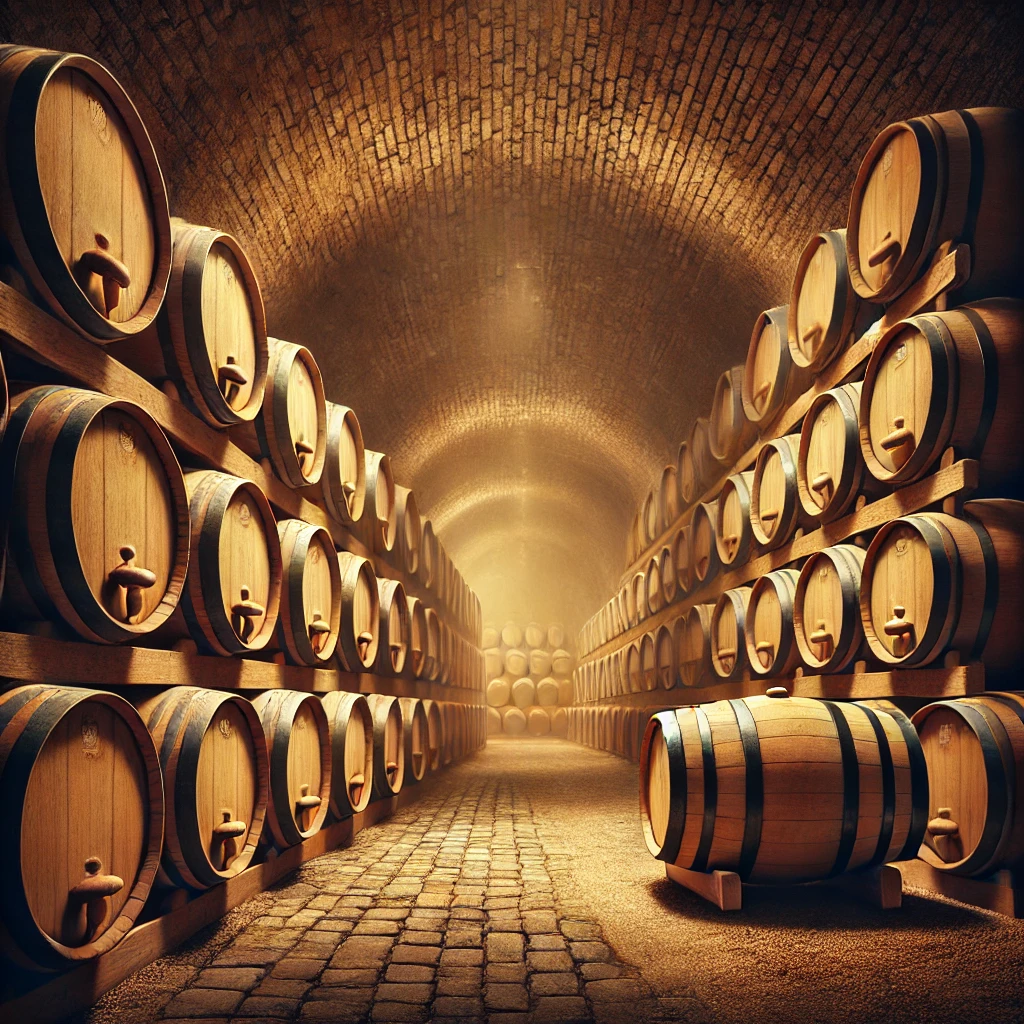
7. Clarification and Stabilization: Ensuring Clarity and Stability
Before bottling, wines undergo clarification and stabilization processes to remove unwanted particles and ensure stability.
- Clarification: This process removes solids such as dead yeast cells, grape skins, and other particles that can cause cloudiness. Common clarification methods include racking (decanting the wine off sediment), fining (adding agents to bind and remove particles), and filtration (passing the wine through a filter to remove particles).
- Stabilization: Stabilization ensures the wine remains clear and stable in the bottle. This may involve cold stabilization to prevent tartaric acid crystals from forming or sulfur dioxide additions to protect against oxidation and microbial spoilage.
8. Bottling and Aging: The Final Touches
The final step in winemaking is bottling. Some wines are ready for immediate consumption, while others benefit from additional aging in the bottle.
- Bottling: The wine is carefully transferred to bottles, minimizing exposure to oxygen. Bottles are then sealed with corks, screw caps, or synthetic closures, depending on the winemaker's preference and the intended aging potential of the wine.
- Bottle Aging: Some wines, particularly reds and certain whites, continue to evolve in the bottle, developing more complex aromas and flavors over time. Factors such as the wine's acidity, tannin structure, and alcohol content influence its aging potential.
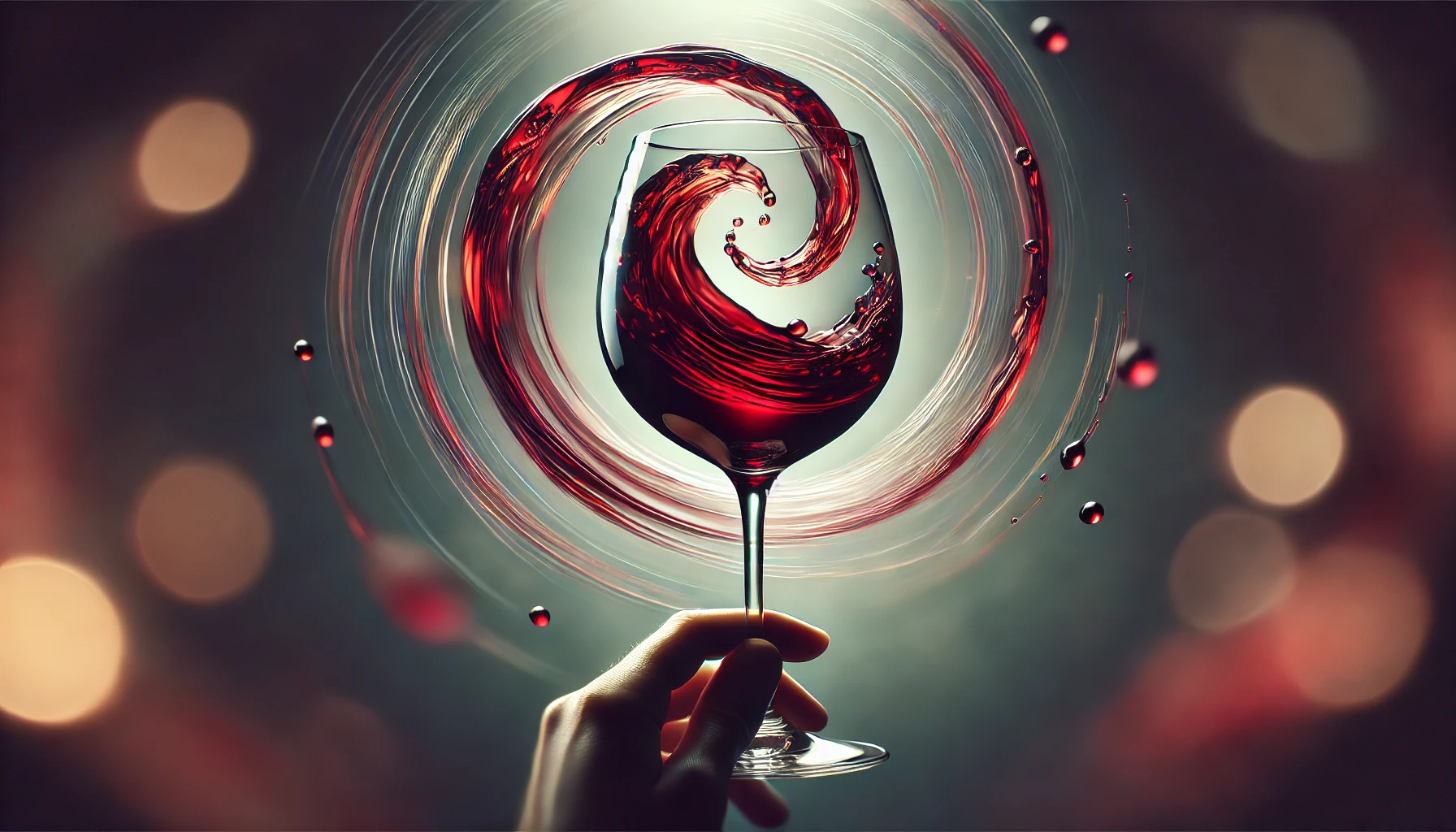
Conclusion: A Symphony in Every Glass
The winemaking process is a delicate balance of art and science, where every decision impacts the final product. From the careful selection of grapes to the nuanced fermentation and aging processes, winemaking requires skill, patience, and a deep understanding of the natural world. The result is a diverse array of wines that capture the essence of their origin, each telling a unique story from vine to glass. Whether enjoyed young and fresh or aged and complex, a well-crafted wine is a celebration of nature, culture, and human ingenuity.
Article Sources
Robinson, J., & Harding, J. (2015). The Oxford companion to wine (4th ed.). Oxford University Press.
Jackson, R. S. (2014). Wine science: Principles and applications (4th ed.). Academic Press.
Jones, G. V., White, M. A., Cooper, O. R., & Storchmann, K. (2005). Climate change and global wine quality. Climatic Change, 73(3), 319-343. https://doi.org/10.1007/s10584-005-4704-2
American Society for Enology and Viticulture. (2023). Understanding wine fermentation. Retrieved from https://www.asev.org/wine-fermentation
Wine Institute. (2023). Wine production: The stages of winemaking. Retrieved from https://www.wineinstitute.org/wine-production
Boulton, R. B., Singleton, V. L., Bisson, L. F., & Kunkee, R. E. (1998). Principles and practices of winemaking. Springer.


